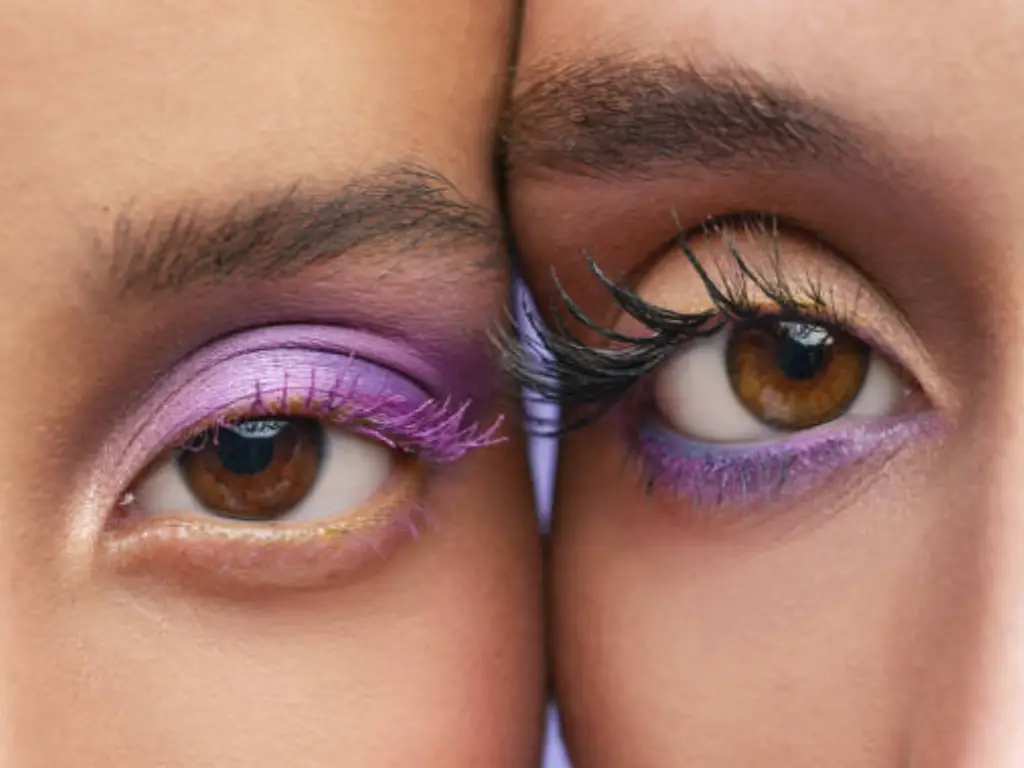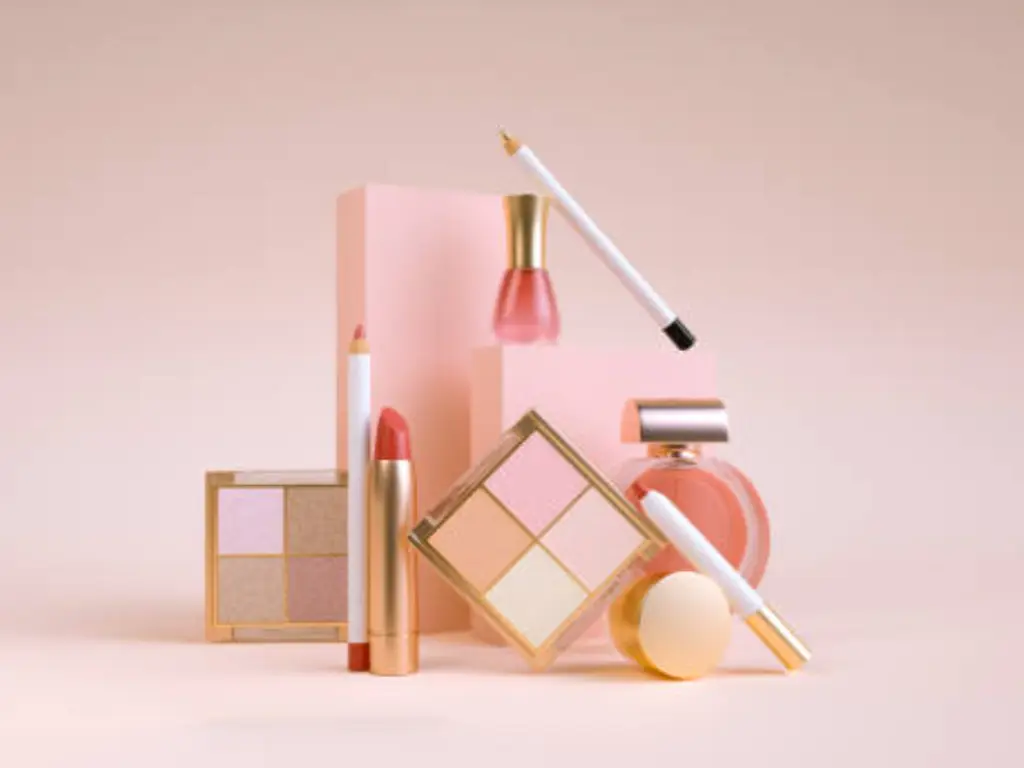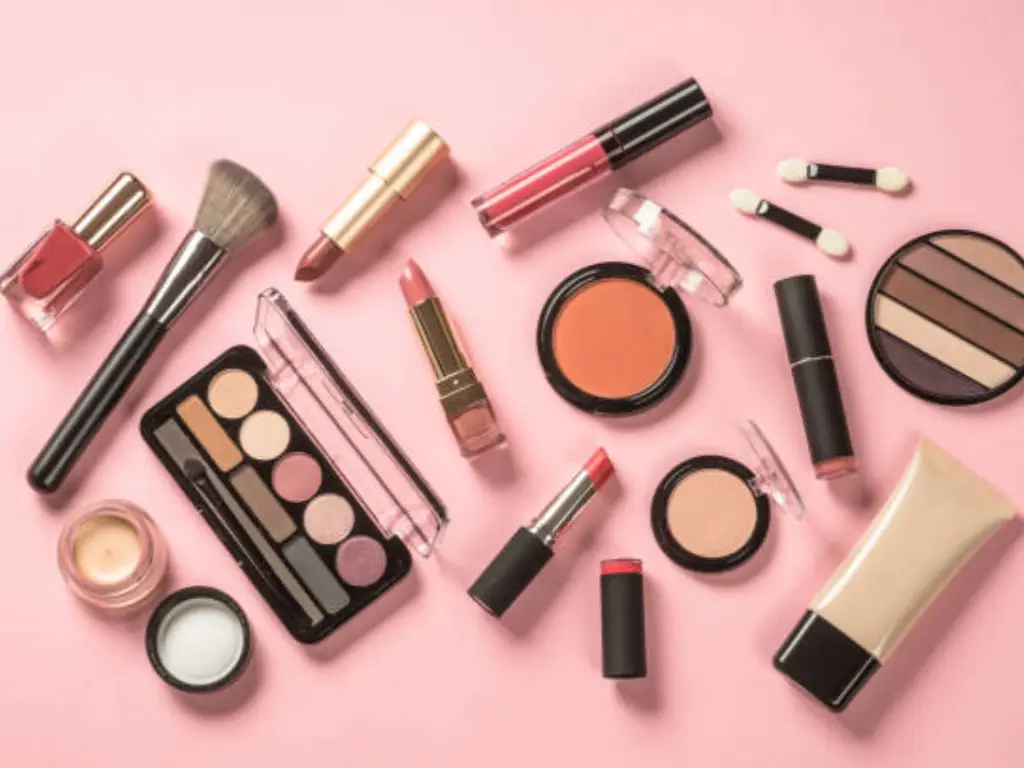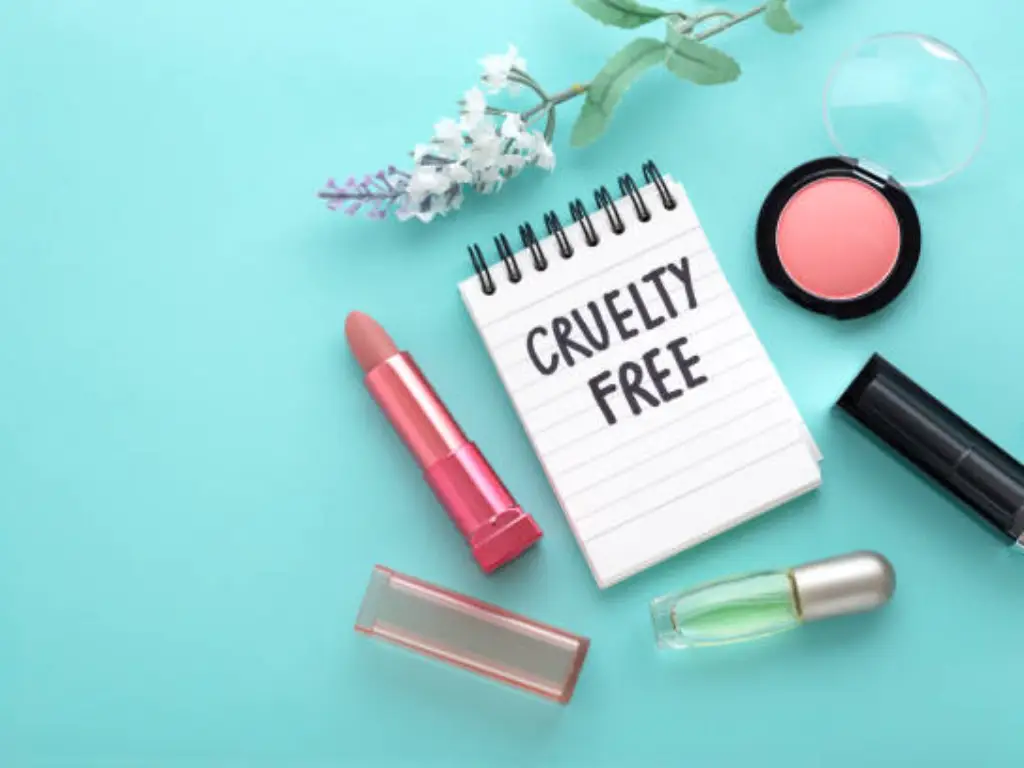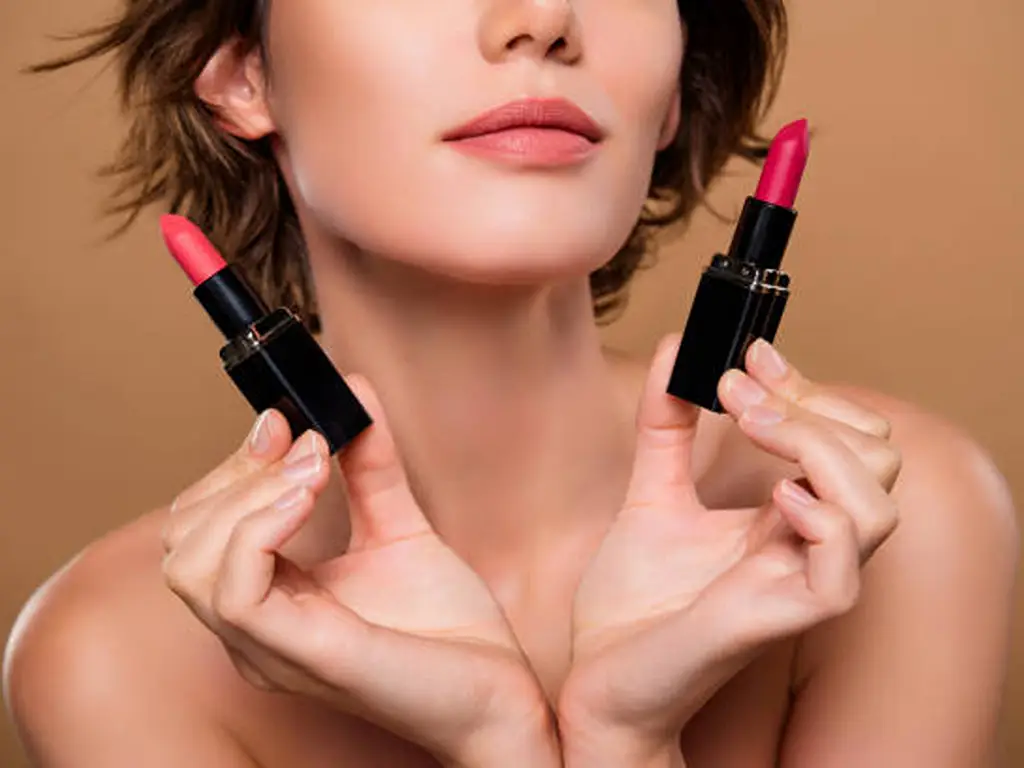Mascara is one of the most widely used beauty products in the world. Its ability to enhance the lashes, making them longer, thicker, and darker, has been a beauty staple for centuries. But have you ever wondered about the history of mascara—when it was first invented, how it evolved, and what innovations shaped the modern mascara industry we know today?
In this article, we’ll take a closer look at the fascinating journey of mascara, from its origins in ancient civilizations to its rise as a commercial beauty product. Along the way, we’ll explore the key figures behind mascara’s invention, the evolution of its ingredients, and the innovations that have kept it relevant in the beauty industry.
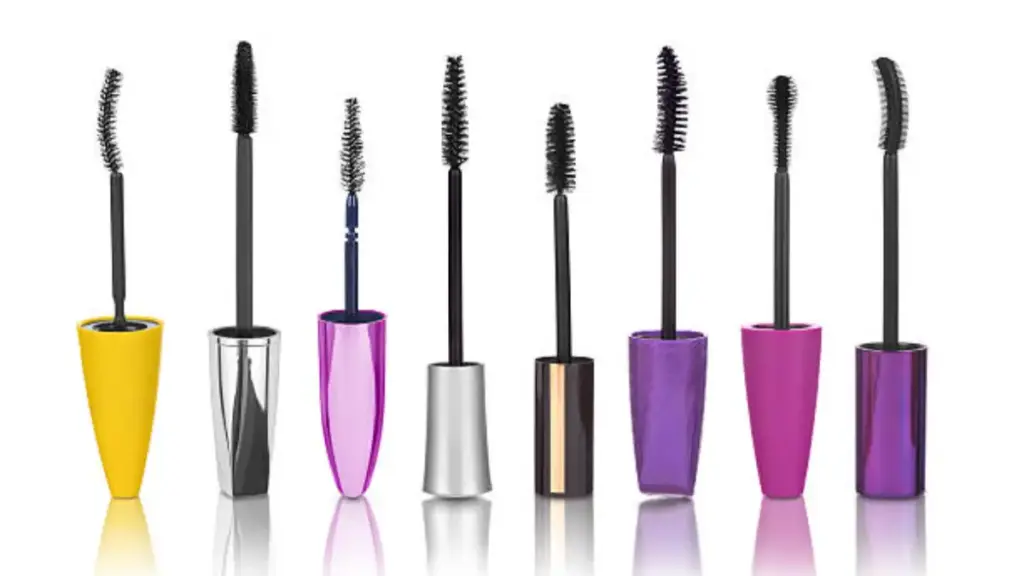
The Origins and Evolution of Mascara
Ancient Mascara
Let’s take a trip back in time—way back, to Ancient Egypt. Both men and women used eye makeup to enhance their eyes, much like we do today.
In those days, Egyptians used kohl, a powder made from lead sulfide, mixed with oils or fats to darken their lashes. This mixture was applied with a thin stick or a brush-like tool. While not exactly the same as modern mascara, kohl served the same purpose—accentuating the eyes and providing protection from the harsh sun. Interestingly, kohl was also believed to ward off the “evil eye,” a common superstition of the time.
The use of kohl spread to other ancient civilizations, including Greece and Rome. By the time the Islamic empire rose to prominence, the practice of enhancing the eyes with dark makeup was widespread across the Middle East and beyond.
The 19th Century
The real turning point in the history of mascara came in the 19th century. With the industrial revolution and advances in chemistry, many beauty products began to evolve. During this time, mascara started to move from rudimentary, handmade formulas to commercially available products.
In the mid-1800s, the use of carbon black (a form of soot) mixed with a variety of oils and fats became a more popular method for creating eye makeup. This was closer to the mascara we use today but still lacked the sleek, easy-to-apply packaging that would define later products.
It wasn’t until the late 19th century that mascara began to resemble its modern form. In 1872, the first patent for mascara was filed by a French chemist named Eugène Rimmel, often credited with popularizing the product.
Let’s dive deeper into Eugène Rimmel’s story in the next section, where we’ll explore how he became a pioneer in mascara development.
Who Invented Mascara?

Eugène Rimmel: The First to Popularize Mascara
Eugène Rimmel’s invention marked a pivotal moment in the history of mascara. In 1872, he introduced the first commercially successful mascara, a formula made of petroleum jelly and coal dust, which laid the foundation for the mascara we use today. His mascara was not only long-lasting but also safe for use around the delicate eye area—an improvement over earlier products, which often contained harsh ingredients that could cause irritation.
One of Rimmel’s greatest innovations was the packaging—he introduced mascara in a small, portable tube, which allowed women to apply the product easily at home. Before this, eye makeup products were typically applied with sticks or brushes, which were less hygienic and often messy. This packaging innovation was as important as the formula itself, making mascara a convenient and accessible beauty product for many.
The Williams Family: Creation of Maybelline
A few decades later, another milestone in the mascara story came with the birth of Maybelline, one of the most recognizable names in the beauty industry today.
In 1915, a young entrepreneur named Thomas Williams created the first commercially available mascara under the name Maybelline. He started with a mixture of coal dust and petroleum jelly, much like Rimmel’s formula, but the real breakthrough came when he added a brush to the product.
His sister, Mabel, inspired the brand’s name after she used the formula to enhance her own lashes. Maybelline’s mascara was one of the first to be mass-marketed, and its success helped solidify the brand as one of the key players in the beauty industry. The packaging was more refined, and it became the go-to mascara for many women across the U.S. and eventually globally.
Other Influential Figures in Mascara’s Early Development
Mascara’s evolution didn’t stop with the early pioneers. Countless innovators, like Helena Rubinstein, who introduced the first waterproof mascara in the 1950s, continued to refine and perfect the formula. These contributions, from ingredient advancements to packaging innovations, led to the convenient, easy-to-use mascara we have today.
The Evolution of Mascara Ingredients
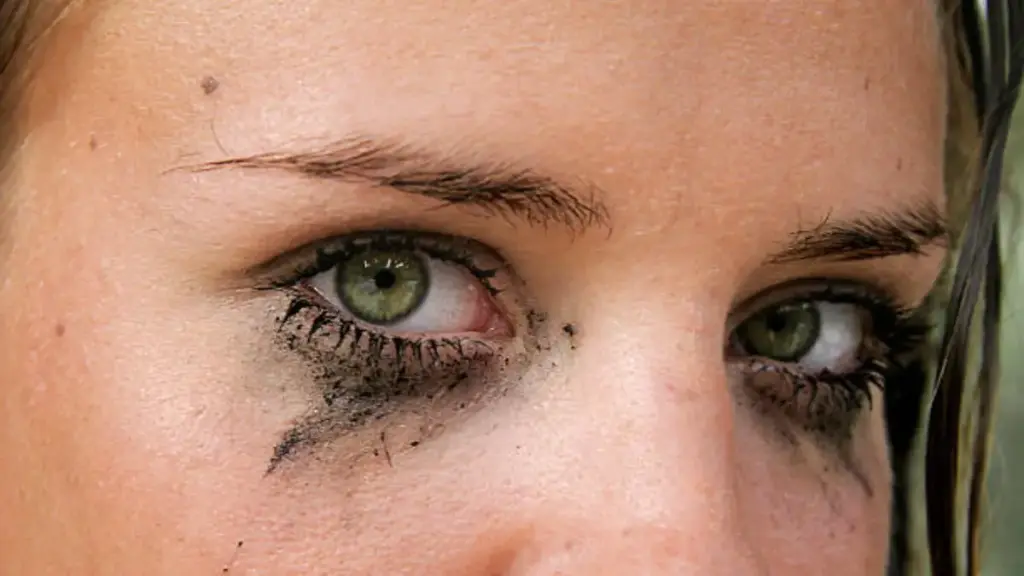
Early Mascara Ingredients
As we mentioned earlier, early mascaras were made from natural ingredients such as kohl, beeswax, and fats. These materials helped achieve the darkening effect but were often prone to smudging and wear over time.
When coal tar and carbon black became popular in the 19th century, the formula became more stable. These materials offered a longer-lasting effect, but they were still limited in terms of performance and variety.
The Shift to Synthetic Ingredients and Waterproof Formulas
By the mid-20th century, mascara became a global beauty staple, thanks to brands like Maybelline, L’Oréal, and Estée Lauder.These companies introduced new formulas and shades, along with various types of mascara, making it an essential part of daily routines. As demand grew, manufacturers focused on improving product performance and durability.
One of the most notable advancements in this era was the shift from natural ingredients to synthetic formulations. Manufacturers began experimenting with materials like nylon, silicone, and polyethylene. Those materials can enhanced wear and provided more volume and length.
This period also saw the birth of waterproof mascaras in the beauty world during the 1960s. They used special polymer films to bond with lashes, making it resistant to sweat, rain, and tears. What a game-changer in mascara technology!
Technological Innovations
The modern mascara industry has continued to evolve, particularly with the introduction of tubing mascara. This type of mascara forms tiny “tubes” around each lash, providing a more defined, clump-free look. Tubing mascaras are known for their durability and ease of removal, as they do not require harsh makeup removers—just warm water.
At the same time, mascara formulas have become more specialized. Today, you can find mascaras designed for lengthening, volumizing, curling, or even smudge-proofing. Thanks to advancements in both formulations and mascara wands, these products can create specific effects, making mascara a more personalized beauty essential than ever before.
The Significance of Mascara Packaging

Today, we take the sleek, cylindrical mascara tube for granted, but imagine trying to apply mascara without it. In the past, women would use improvised methods, like dipping a brush into a jar of thick, messy paste or using unsanitary tools. Try this: grab a cotton swab, dip it into some dark, sticky substance (even something like petroleum jelly), and attempt to apply it evenly to your lashes. It’s a messy, time-consuming task, right?
The introduction of tube packaging revolutionized mascara application. It made the product more hygienic, allowing for easy, precise application. The mascara brush itself evolved, with different shapes and bristle types designed to create specific effects—whether volume, length, or separation. This simple yet powerful change has made mascara a convenient, essential part of every beauty routine.
The Modern Mascara Industry
Today, the mascara industry continues to innovate. From cruelty-free formulas to eco-friendly packaging, there is a growing trend toward sustainability in the beauty industry, including mascara. Additionally, lash serums have become increasingly popular, promising to nourish and lengthen lashes, offering a complementary option to mascara for those seeking fuller lashes.
The global mascara market remains robust, with continued growth expected. While false lashes and lash extensions offer dramatic, long-lasting results, they cater to a different audience seeking bold, high-maintenance looks. Mascara, on the other hand, provides a quick, natural option that’s easy to apply and remove. Much like how lip gloss doesn’t replace lipstick, both mascara and falsies complement different beauty needs, ensuring the demand for mascara remains strong.
Mascara Timeline: The Evolution of a Beauty Staple
So, after all the history and innovations, you now have a clearer picture of mascara’s evolution. Let’s quickly recap its journey:
| Year | Event |
|---|---|
| Ancient Egypt (c. 4000 BCE) | The first use of kohl to darken eyes, believed to protect from the sun and the “evil eye.” |
| 19th Century (1872) | Eugène Rimmel patents the first modern mascara formula using petroleum jelly and coal dust. |
| 1915 | Maybelline introduces the first commercially available mascara in a convenient tube. |
| 1950s | Helena Rubinstein launches the first waterproof mascara, a major innovation in mascara technology. |
| 1960s | Tubing mascara is introduced, offering a clump-free, long-lasting look with easy removal. |
| 2000s-Present | Mascara formulas and wands evolve further, introducing volume, lengthening, and smudge-proof variations, as well as more eco-friendly packaging. |
The Timeless Appeal of Mascara
From its humble beginnings in ancient Egypt to its rise as a global beauty staple, mascara has evolved into one of the most beloved and widely used beauty products. With continuous innovations in formulas, packaging, and application, mascara remains an essential part of the beauty industry. It has not only enhanced the eyes of supermodels, actresses, and everyday women, but also served as a symbol of beauty and femininity across cultures.
As the demand for personalized beauty solutions grows, businesses seeking to create their own signature mascara products can turn to Siloran. Offering tailored services, We specializes in producing mascaras with various brush heads and effects to match your unique brand vision, ensuring your product stands out in the competitive beauty market.


